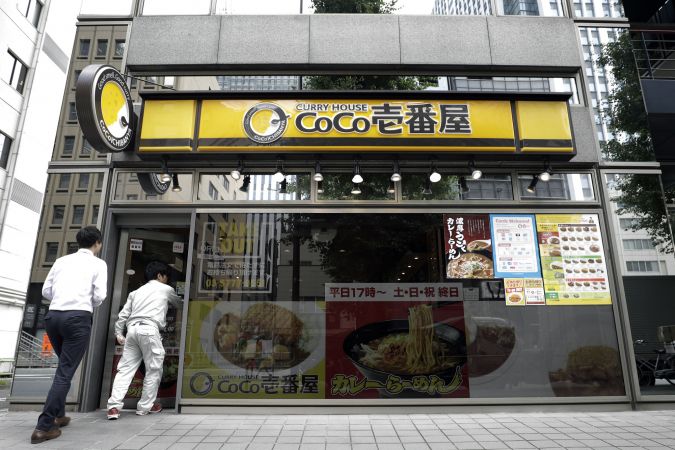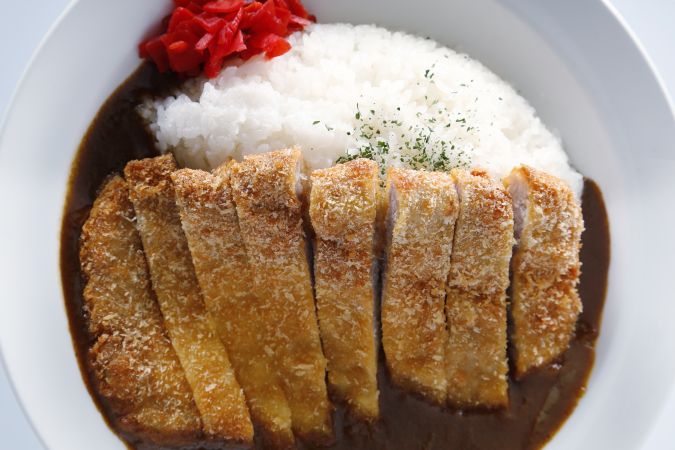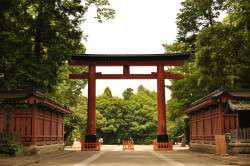
October 20, 2024
The Origins of Japanese Curry
The surprising international history of one of Japan’s most beloved comfort foods
By James Krick
From elementary school children enjoying their kyushoku (school lunch) to oba-chan (elderly women) tending to their gardens, salarymen rushing between meetings, and university students cramming for their finals, Japanese curry is a ubiquitous feature of life for all Japanese people. It could even be considered a national dish with its many varieties nationwide – like soup curry in Sapporo and baked curry in Kyushu.

The origins of Japanese curry
The dish was first brought to the country by the British from India during the Meiji era. The British navy had recently adopted curry as a hearty meal to feed sailors during its Imperialist missions.
The navy also added vegetables and meat, making its curry thicker than the kinds found in India. The British Empire’s introduction of curry to Japan was a byproduct of extremely brutal colonial rule in India, where the British exploited local resources and labor while reshaping cultural and culinary practices to suit their preferences.
According to Dr. Merry White, a professor of anthropology at Boston University, Japanese curry was initially introduced by the British Navy in the late 19th century. Legend has it that a party of shipwrecked British sailors were rescued off the Japanese coast, and they came ashore with their rations, which included curry powder.
The Japanese adapted it further using a French-style roux—a mixture of flour and fat used as a thickener—resulting in the rich, creamy consistency that defines Japanese curry today. The curry is stew-like and slghtly sweet, reflecting British, rather than Indian, influences. This was a strategic dish for both the British and Japanese navies because it was easy to make in large quantities and had no regional biases within Japan, making it suitable for a diverse naval crew.
Whether the legend of the shipwrecked British sailors is true or not, what is clear is that through contact with the British navy, the Japanese Imperial Navy adopted curry as its own. It remains a key fixture on the weekly menu for all its serving members.

American influence
The dish has also entwined itself with key figures from Japanese history. In 1876, William S. Clark, the U.S. agriculturalist who established Hokkaido University, modernized many critical aspects of Japan’s approaches to agriculture and science. You can still find his statues dotted around Sapporo above his famous slogan, “Boys, be ambitious!”. It was Clark who suggested adding potatoes to Japanese curry to supplement the meal during a rice shortage.

However, it was not until the early twentieth century that curry made its way firmly into ordinary Japanese households. At that time, the establishment of restaurant chains serving Japanese curry, such as the now ubiquitous Coco Ichibanya, cemented the dish’s popularity. It is so popular that, according to a survey, many Japanese people said they ate curry more often than Japanese classics like tempura or sushi.
Regional curries
What makes the dish uniquely Japanese is how regions have modified it to include various local ingredients and seasonal produce. This has led to various varieties, such as scallop curry in Aomori prefecture, black pork curry from Kagoshima, and even a nashi (Chinese pear) version from Shimane.

However, the most popular version of the Japanese curry – both at home and internationally – remains the katsu (cutlet) curry. This dish is a true masterstroke and reflects the quintessentially Japanese cooking philosophy of a beautifully balanced meal. Its combination of deep-fried breaded pork loin, rice and thick curry sauce balances with the sharpness of pickled ginger.
Modern Japanese curry chains
Its popularity internationally has also steadily grown, with Coco Ichibanya opening branches in several Asian and European cities as well as in the U.S. The importation of Japanese curry cubes has also drastically increased. Many specialty Japanese and Asian supermarkets worldwide now stock them for people to experiment and make curry at home.
Now seen as a national staple, the origins of Japanese curry follow a long and winding journey. The path leads all the way to its place in the country’s collective heart. Despite its international and mysterious origins, one thing remains clear: The curry rice of today is a truly Japanese culinary delight.
If you enjoyed reading about the origins of Japanese curry, you might also like to read A Short History of Japanese Cheesecake.
This article has been updated for 2024, originally published in May, 2021.







